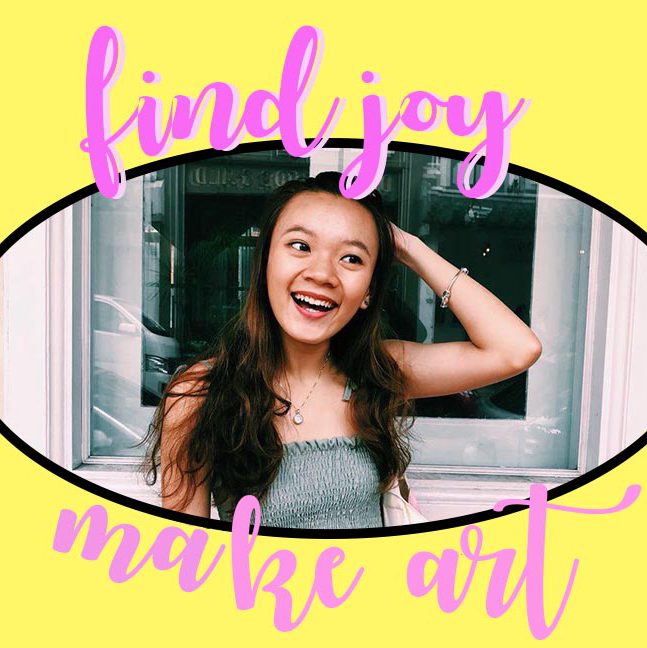
When we hear the word “gardening”, it usually involves physical soil space, a hand trowel, seeds, watering can. What the Telegarden team have created in 1995 has totally changed our perspective of gardening, replacing our hands with cursors and mouse clicks. Each action in the Telegarden, totally controllable at the comfort of your home, through a screen.
This web-interface allows netizens to control a robotic arm to manoeuvre around the soil area of the Telegarden through the lens of a camera attached onto the arms of the robots. Netizens are able to plant seeds, water the plants and observe the growth of the plants.
Below is a brief overview of the entire Telegarden project:-
The Ultimate Contrast
What the entire Telegarden experience gives its users is the stark contrast of speed using the internet and gardening. On the internet, it is almost immediate that your demand is made, merely with a click on the mouse. On retrospect, the act of planting a seed does not guarantee the sprouting of leaves and stem the next moment. It takes real, human time, days, and weeks, even months. You simply cannot rush gardening, not even when it is done online.
“Gardening” Attachment
It is beyond absurd to know that “gardeners” over the internet do get attached to their plants planted in the Telegarden especially when they might never get to see them in real life. As seen in the video attached above, some got a little over-protective when another “gardeners” started planting their seeds near their plants. I would have thought that “gardening” in the Telegarden was merely another form of play and side activity for the netizens.
“Il faut cultiver notre jardin.” Voltaire
We must cultivate our garden.
Telegarden-ing fulfilled the paradox of online gardening created by two different activities – surfing the internet and gardening. One stagnant and idle, another that requires physical strength and patience, this experience is fresh. With the rise of internet users, Telegarden is a subtext for people to not neglect what we used to do without the internet. It is a Third Space for the social interaction of the “gardeners” who go online to check out on the plants at the Telegarden, while “gardening” together on an online platform.
“The Telegarden creates a physical garden as an environment to stage social interaction and community in virtual space. The Telegarden is a metaphor for the care and feeding of the delicate social ecology of the net.” — Randall Packer, San Jose Museum of Art, April 1998.
Almost like a mass gathering of green fingers from all across the world, Telegarden not just created a totally different experience of gardening, but also gave a different outlook on the internet. Like what Randall Packer said, “a metaphor for the care and feeding of the delicate social ecology of the net”.




